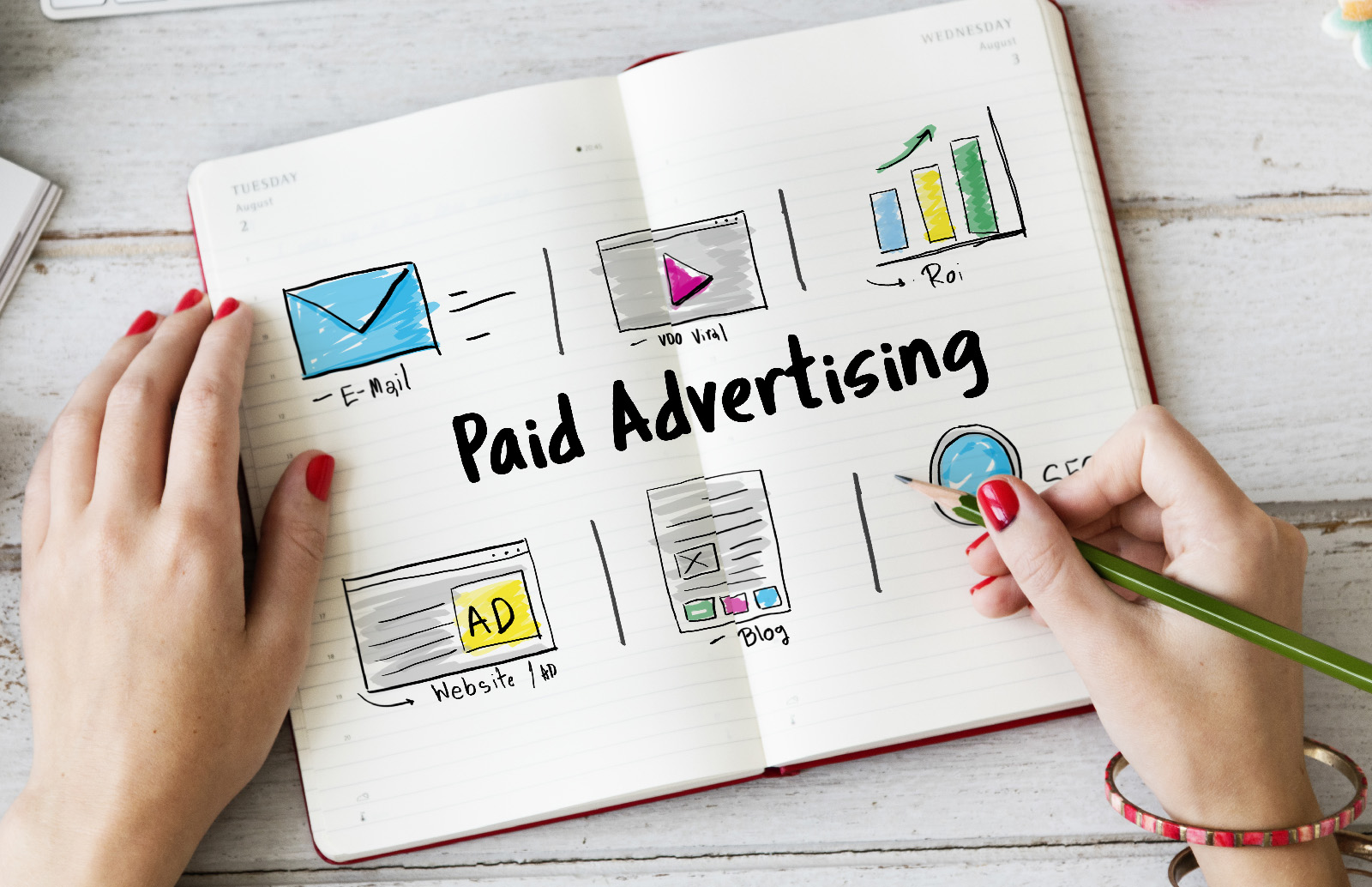The Showdown: Paid Marketing Vs. Organic Marketing; What Approach Works Best for You?
From Debate to Decision: Aligning Goals, Vision, and Leadership
Every business asks the same critical question: Should I pay for instant traffic (Paid Marketing), or invest in slow-burn, long-term growth (Organic Marketing)? It depends on your goals, vision set by leadership, and assessing the landscape of the organization.
Many teams we meet all share different views on this, and that’s okay. When the debate gets heated, as it often does in fast-paced teams, it means you’re focusing on tactics, not strategy.
The MISCHIAN team came together to break down the reality of each, expose their hidden costs and rewards, and show you how to combine them into a powerful engine for predictable lead generation.

The Marathon: Organic Marketing & SEO
Organic marketing is about earning your attention. It’s the long-term investment that builds trust, credibility, and authority. This is where your brand is built and starts to be defined. The core of any good organic strategy is Search Engine Optimization (SEO) and valuable content.
|
Component |
Goal |
Focus |
|
SEO |
Rank highly in Google’s free search results. |
Keyword research, on-page optimization, quality backlinks. |
|
Content Marketing |
Educate your audience and establish expertise. |
Blog posts, case studies, informative videos, guides. |
|
Social media |
Build community and drive authentic engagement. |
Consistent, non-promotional content and genuine interaction. |
The True Value of Organic Growth
- Sustainability: Once a piece of content ranks, it can generate traffic and leads for months or even years without additional cost. This is the foundation of long-term success.
- Trust and Authority: Content that ranks organically is often perceived as more credible and less intrusive than an ad. This is critical for brand building.
- Cost-Effectiveness (Long-Term): While the initial time investment is high, the cost-per-lead drops significantly over time, resulting in the highest long-term return on investment (ROI).
The Catch: Organic results are slow. You need patience and consistency. If you need or want instant ROI, this may not be the best approach.

The Sprint: Paid Marketing (PPC & Ads)
Paid marketing is about buying your attention. It’s fast, targeted, and perfect for testing and meeting immediate sales goals. The upfront invest is a risk, so building and understating your strategies is key to see results. Although paid marketing will help, paid marketing is not the magic approach to see instant success.
|
Component |
Goal |
Focus |
|
PPC (Pay-Per-Click) |
Instantly appear at the top of search results. |
Bidding on high-intent keywords, effective ad copy, landing page optimization. |
|
Paid Social Ads |
Target specific demographics and interests. |
Facebook/Instagram ads, LinkedIn sponsored content, retargeting campaigns. |
|
Display/Video Ads |
Drive awareness and bring back warm traffic. |
Strategic placement on popular websites and streaming services. |
The Power of Instant Visibility
- Immediate Results: Turn on a campaign, and traffic starts flowing instantly. This is crucial for product launches or seasonal promotions.
- Precise Targeting: Paid platforms allow you to hyper-target users based on geography, income, job title, and even specific buying intent.
- Rapid Testing: Quickly test messaging, offers, and keywords to validate your sales funnel before you invest in creating long-form organic content.
The Catch: Paid traffic stops the second your budget runs out. It’s a rental space, not an owned asset, and it can become prohibitively expensive in competitive markets.
The Winning Strategy: Fueling Organic with Paid Data
The most powerful approach is to eliminate the “versus” and use both strategies in a complementary way. Think of Organic Marketing as building the engine and Paid Marketing as the accelerator pedal.
Here’s how to create a winning hybrid strategy:
- Use PPC to Validate Keywords: Instead of guessing what content will rank, run a small PPC campaign for a set of keywords. If a keyword drives a high volume of clicks and conversions, you know there’s high commercial intent. This is your sign to invest time and resources in a comprehensive, SEO-optimized blog post on that exact topic.
- Amplify Your Winners: Did one of your organic blog posts or social videos suddenly take off? Don’t let the momentum die. Put a small paid budget behind it to get that proven, high-performing content in front of a massive, new audience.
- Retarget for Conversions: Use your organic content (blog posts, guides, free tools) to attract potential customers (top of the funnel). Once they visit your site, use low-cost retargeting ads to bring them back and convert them with a special offer (bottom of the funnel).
- Cover the SERP (Search Engine Results Page): For your highest-value services, strive to occupy multiple spots on the search results page: your organic result, a featured snippet (part of SEO), and a paid ad. You dominate the page and squeeze out competitors.
Ready to Find Your Balance?
The right mix of Paid Marketing vs Organic Marketing isn’t arbitrary, it depends entirely on your current budget, your sales cycle, and your timeline for growth.
- If you have a small budget and time to invest, start with a strong focus on SEO and content to build a cost-effective foundation.
- If you have a major product launch or urgent sales goal, lean on Paid Marketing to deliver immediate results.
We specialize in helping businesses like yours analyze their goals and build a unified, high-ROI marketing plan that uses the strengths of both paid and organic channels.
Stop choosing one and start mastering both.
The MISCHIAN team is here and ready to help you develop the best approach.
Contact us today!
View All Stories
